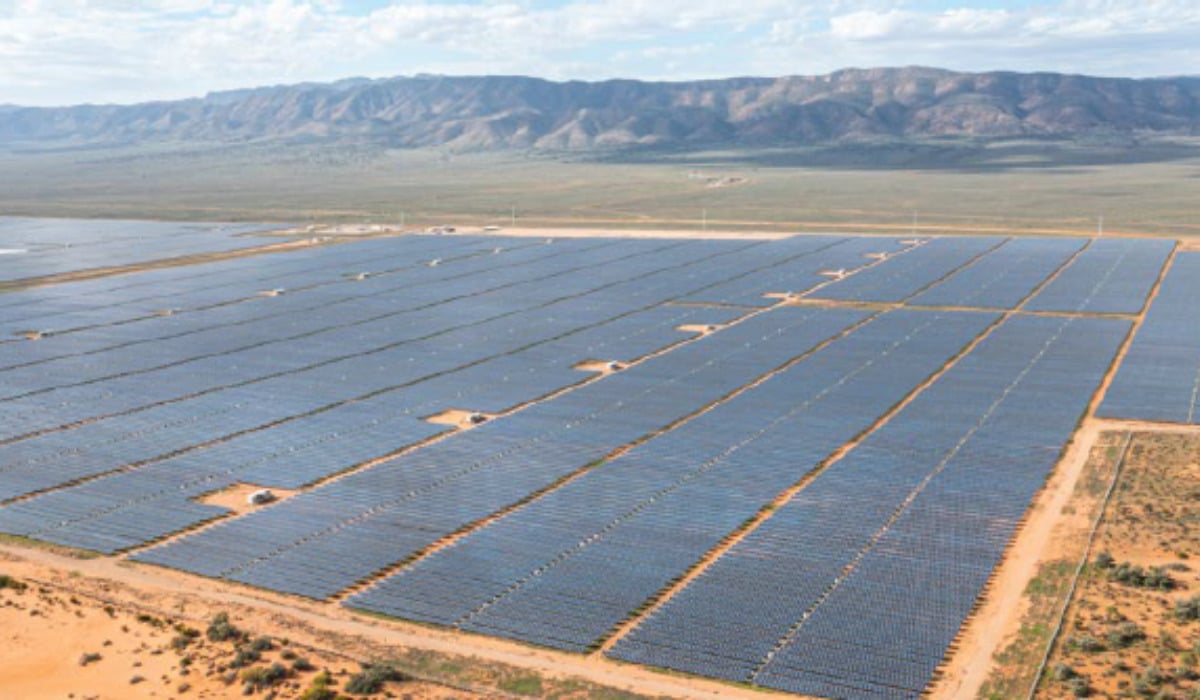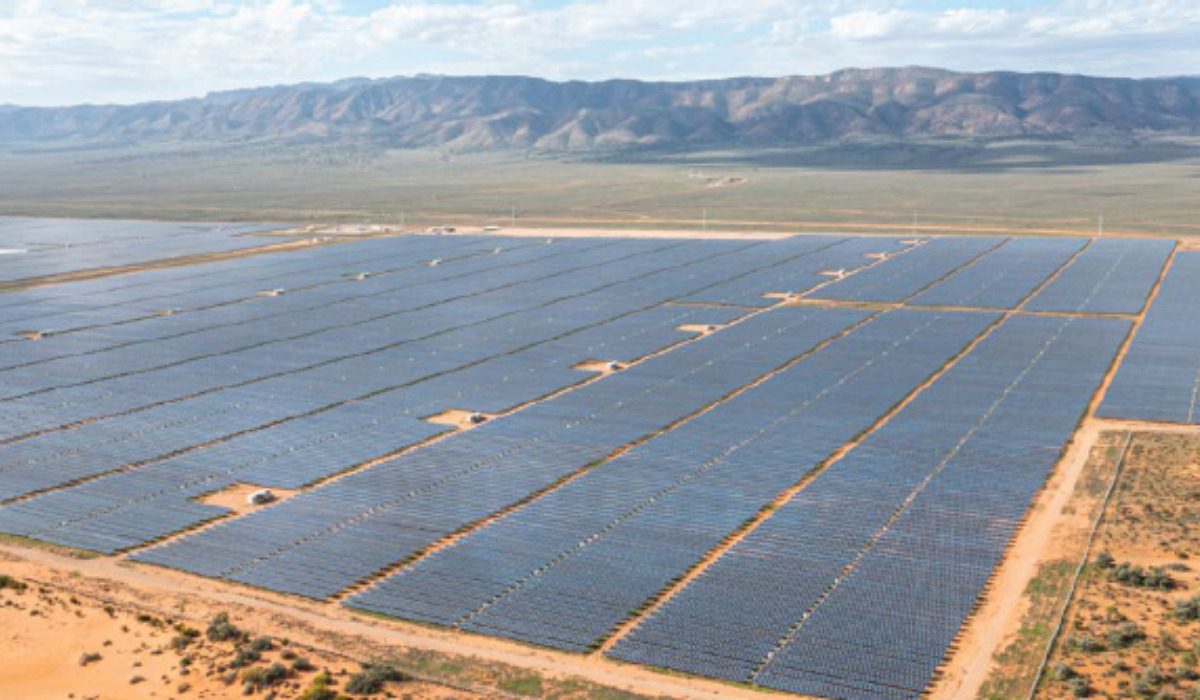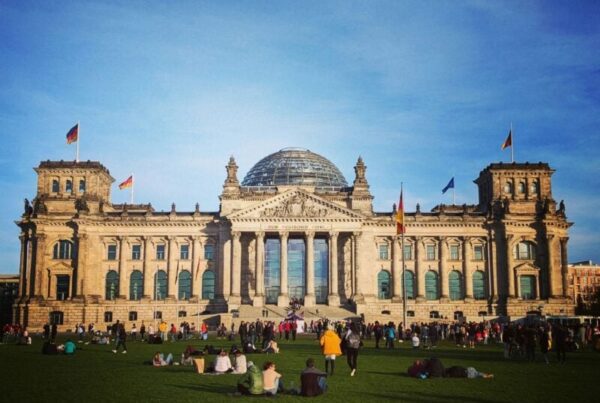
In a report released by the Clean Energy Council, Power Playbook – Accelerating Australia’s Clean Energy Transformation, it highlighted 45 recommendations to the Federal Government of Australia to ensure the country reaches its target of 82% of renewables by 2030.
Among the recommendations, the trade body mentions the development of a “Renewable Energy Superpower Masterplan” for Australia that would set a national framework for the country to bring the domestic transition and international opportunities for the rollout of renewables.
“Our goal with the Power Playbook is to spark serious discussion and focus our national efforts on establishing a masterplan to direct our collective resources and deliver on our aspirations,” said Clean Energy Council chief executive, Kane Thornton.
It also highlights the importance of Australia’s need to come up with its own version of the US’ Inflation Reduction Act (IRA) – which the CEC called for earlier this year – if the country does not want to stay behind in the race towards decarbonisation and more importantly loose private investment in renewables in benefit of other markets. More so with other countries also coming up with similar investment packages, such as Canada’s own version of the IRA or the European Union’s Green Deal Industrial Plan.
An equivalent scale of the IRA would require the Australian government to invest between AU$83-138 billion (US$53-88 billion) in clean energy, according to an analysis from the Centre for Future Work. This amount would be in line with the CEC’s recommendation of AU$100 billion in the next ten years.
With the Australian government targeting 82% of renewables by 2030, this will require the country to increase its annual financial commitments in the scale of 6 to 7GW of utility-scale renewable projects from 2024 and 3.5GW of rooftop solar per year until 2030.
Rooftop solar, which has had a stellar growth in the past couple of years with annual installations of 3GW, would require to further increase its target to 3.6GW of annual deployment until 2030. According to the Australian Energy Market Operator (AEMO), rooftop solar would require to reach 37GW of installed capacity by 2030, and 55GW by 2040. Its current cumulative capacity sits at 17GW.
To achieve that forecast, the report outlines the need to work on a co-ordinated program that rewards distributed solar and storage use in the wholesale market and ancillary services markets.
Moreover, the report recommends the Australian government to prioritise investment in green hydrogen and minerals processing market opportunities over the next decade. Currently, Australia is no longer a low-cost power producer, and has been overtaken not only by the US’ IRA, but by emerging markets in Latin America, such as Chile, or the Middle East with Saudi Arabia, which have set themselves to be power markets for the production of green hydrogen.
The report can be read here.






